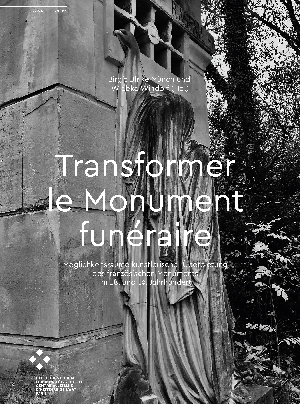Deckers, Regina
Transformer le Monument funéraire: Möglichkeitsräume künstlerischer Überbietung des französischen Monuments im 18. und 19. Jahrhundert
The thoroughly original French sculpture of the 18th and 19th centuries has so far too often been discussed only in the context of an illustrated history of mentality, thereby failing to recognize its independence. Certainly, the weighty assessment of Erwin Panofsky, who attested to a lack of innovative spirit in funerary sculpture after Bernini, also contributed to this. This volume seeks to explore the “spaces of possibilities” that contribute to a deeper understanding of memorial culture and its transformations, and argues to overcome the rigid division into pre- and post-revolutionary art. In addition to the spaces of the monument, which were subject of a transition around 1800 due to the change of the burial site, the contributions perspective the different public spheres of these transformations, they ask about the innovative power of the “enlightened” (grave) monument and its new and resilient functions.
La sculpture française des XVIIIe et XIXe siècles, qui était en tout cas originale, n’a jusqu’à présent trop souvent été abordée que dans le cadre d’une histoire illustrée des mentalités, ne reconnaissant ainsi pas son indépendance. Certes, l’évaluation pesante d'Erwin Panofsky, qui avait attesté d’un manque d’esprit novateur dans la sculpture funéraire après Bernin, y a également contribué. Le présent volume se propose au contraire d’explorer les « espaces de possibles » permettant une meilleure compréhension de la culture du monument funéraire et de ses transformations ; il plaide ce faisant pour un dépassement de la stricte démarcation entre art pré- et postrévolutionnaire. Outre les espaces du monument, métamorphosés sous l’effet du changement de lieu des sépultures au tournant du XIXe siècle, les articles ici réunis interrogent les différentes sphères publiques de ces mutations, la puissance d’innovation du monument (funéraire) « éclairé », hérité des Lumières ou encore les nouvelles fonctions de résilience qui lui sont attribuées.







